One Reason Behind Tesla's Success That No One Talks About

Tesla’s Model S is arguably the most revolutionary car to come out in a generation, and one company you’ve never heard of played a huge role in getting it from the drawing board to driveways.
This luxury four-door features an advanced all-electric drivetrain, cutting-edge computer technology as well as a lightweight aluminum body. And that alloy structure is the unqualified heart of this machine, providing a rigid, five-star-safe foundation that everything else is built on.
But what most people don’t know is that a whopping 60 percent of both the Tesla Model S sedan and Model X crossover extrusions are made by a company called Sapa. Headquartered in Oslo, Norway, this multinational operation is the largest aluminum extrusion company in the world.
Wait, what is extrusion? Well, it’s a metal-forming process that pushes a material under tremendous pressure through a small orifice called a die; out the other side comes a continuous stream of material that’s shaped like the desired final product. Think of it as an industrial version of the Play-Doh Fun Factory you might have used as a child. Extrusion is used to make tubing, dimensionally precise flat stock, C-channel pieces and much more.
SEE ALSO: 2017 Lincoln Navigator Next in Line for Aluminum Body
On the home front, Sapa has some 23 facilities in North America, around 7,000 employees, and they just opened a brand-new research and development facility in Troy, Michigan, a suburb of Detroit.
Not surprisingly, the company has worked with numerous automakers, playing a role in the development of products like the Cadillac CT6, Ford F-150 and 2017 Super Duty trucks, the Acura NSX as well as various Jaguar Land Rover products.
But back to the Model S. From its rocker panels to dashboard supports, this car’s body structure is comprised largely of aluminum extrusions. Its massively strong and surprisingly complex front crash rails are “one of the most important parts we do for Tesla,” said Kevin Stuban, vice-president of program and risk management at Sapa.
These components need to be as sturdy as possible yet forgiving at the same time. In frontal crashes, they’re put under tremendous loads, but they need to deform in a controlled, predictable way, which is exactly what they do.
Stuban explained that the Model S’s front crash rails are engineered to neatly crumple on impact, absorbing huge amounts of energy in the process. To do this, they’re made of a special proprietary aluminum called CA24 that was developed by the company. “We create alloys,” he said. “That’s what Sapa is all about.”
Building vehicles out of aluminum extrusions can result in a strong, lighter product and, oddly enough, one that’s simpler as well. The flexibility of extrusion allows multiple components to be consolidated into single pieces, cutting mass, time and ultimately saving money.
Aluminum’s main appeal is its high strength and light weight. It can be more expensive than steel, but automakers and supplier companies are working to get the cost down. This material has been used for many years in various high-end vehicles; Audi is a big consumer of aluminum, as is Jaguar. But the redesigned Ford F-150 was the first real democratization of this metal in the automotive space.
“That was a revolutionary breakthrough in a high-volume [vehicle],” said Charles Straface, business area president, extrusions Americas at Sapa. Ford’s switch to aluminum reduced the F-150’s weight massively while simultaneously increasing its capability, efficiency and driving dynamics.
SEE ALSO: Chevy Targets Aluminum Ford F-150 in New Ads
This bold move was undoubtedly watched closely by rival companies. More aluminum-bodied vehicles are certainly under development, particularity large products like the next-generation Lincoln Navigator, which is also rumored to be making the switch.
Straface explained that automakers are focusing on building larger products out of aluminum because “you get the most mass out of it.” It’s relatively easy to take 500 pounds or more out a full-size SUV by switching materials. Trying to do the same with smaller vehicles doesn’t offer as big a payoff.
“I don’t know that we’ll go to compact car,” said Straface. “That’s probably a little bit of a stretch.” This is due to aluminum’s cost and the diminishing returns you get by going small, something Audi learned about with its featherweight A2 a decade and a half ago. It was expensive and never sold in great volume.
Still, the future is bright for aluminum in the automotive space. As it becomes more and more popular with carmakers, cost and complexity issues should be a thing of the past. And just like it did with Tesla’s Model S, it’s a good bet Sapa will be leading the charge.
Check out our Tips and Advice Section
Correction: Sixty percent of Tesla extrusions are supplied by Sapa, not bodies as initially listed.

Born and raised in metro Detroit, Craig was steeped in mechanics from childhood. He feels as much at home with a wrench or welding gun in his hand as he does behind the wheel or in front of a camera. Putting his Bachelor's Degree in Journalism to good use, he's always pumping out videos, reviews, and features for AutoGuide.com. When the workday is over, he can be found out driving his fully restored 1936 Ford V8 sedan. Craig has covered the automotive industry full time for more than 10 years and is a member of the Automotive Press Association (APA) and Midwest Automotive Media Association (MAMA).
More by Craig Cole




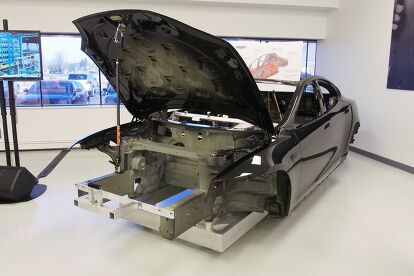















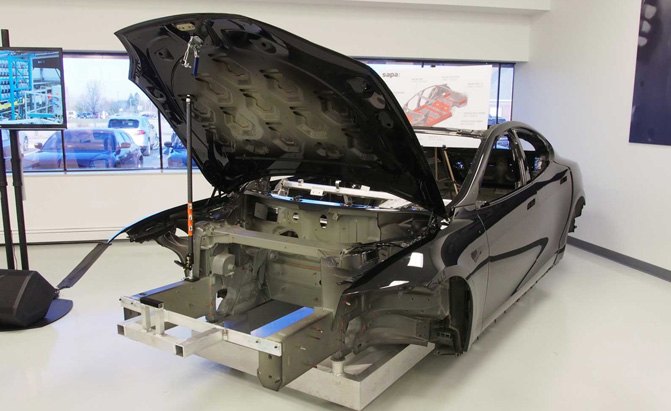















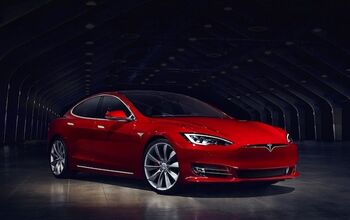
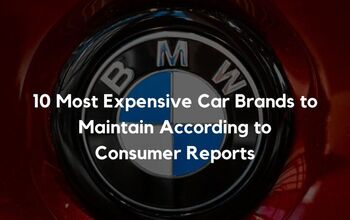

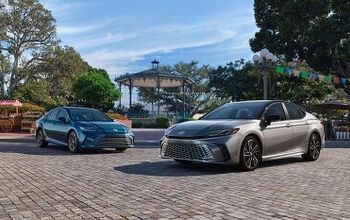
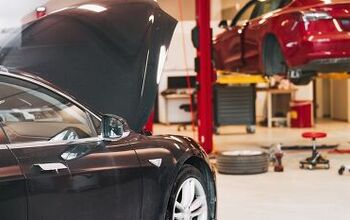





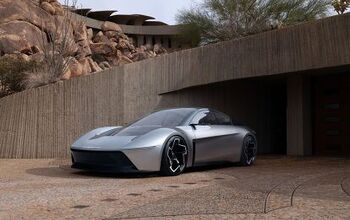


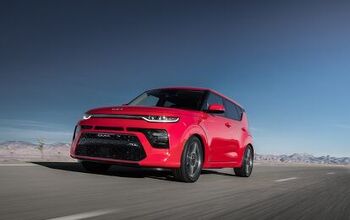
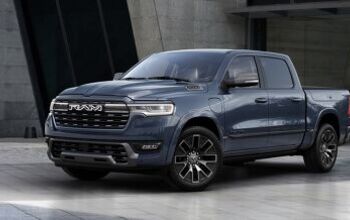
Comments
Join the conversation
my favorite extruded aluminum car is still the Lotus Exige :)
Extrusion is also the secret of books by Stephenie Meyer, Suzanne Collins, and Veronica Roth--though they each go out a different single tube. ;)